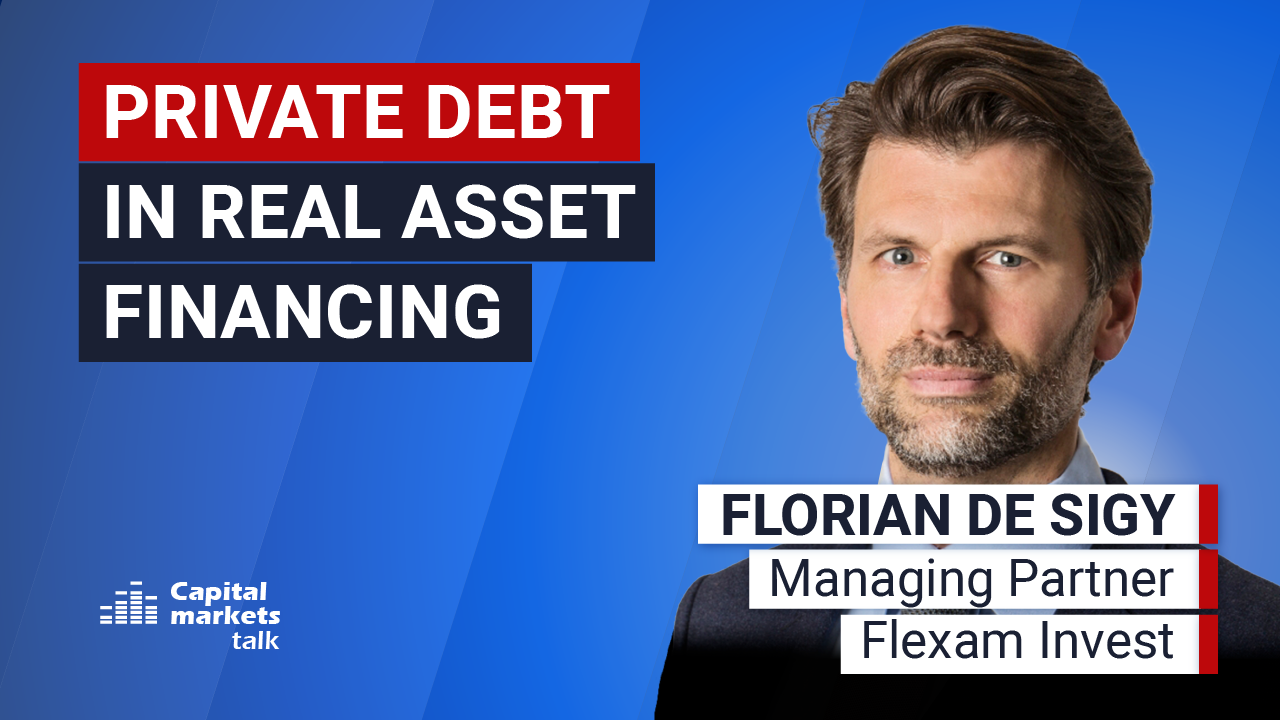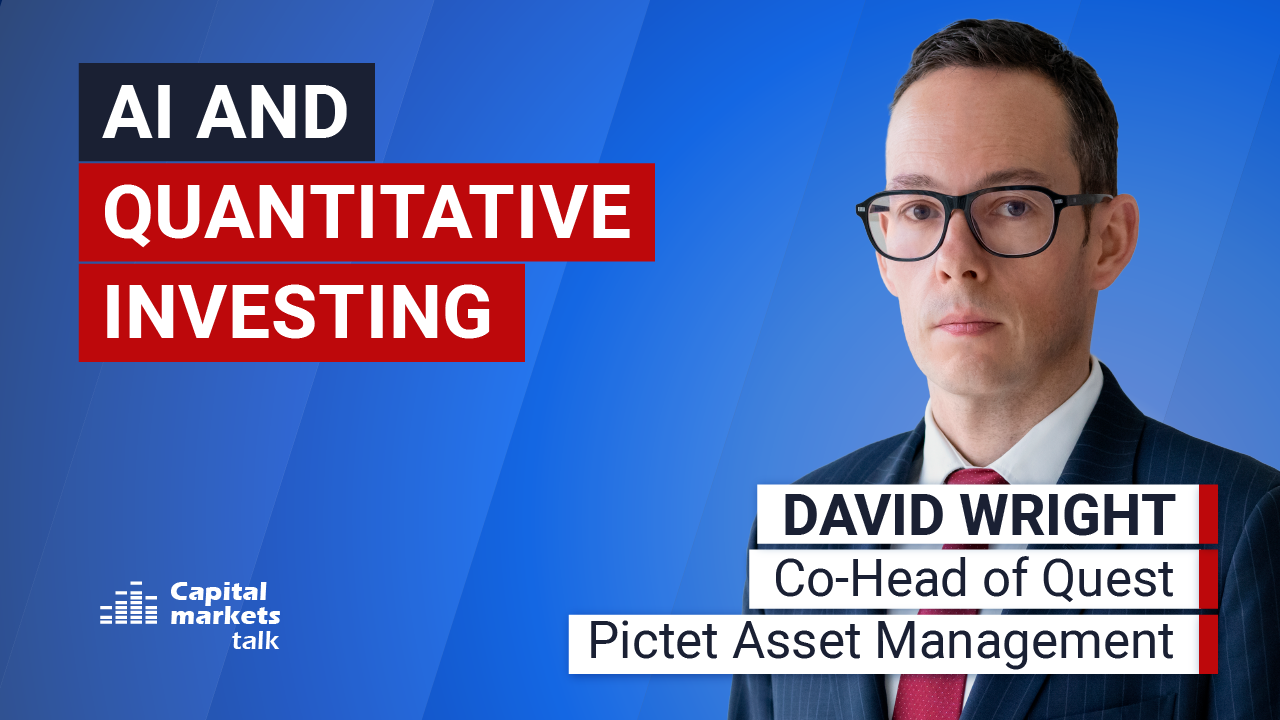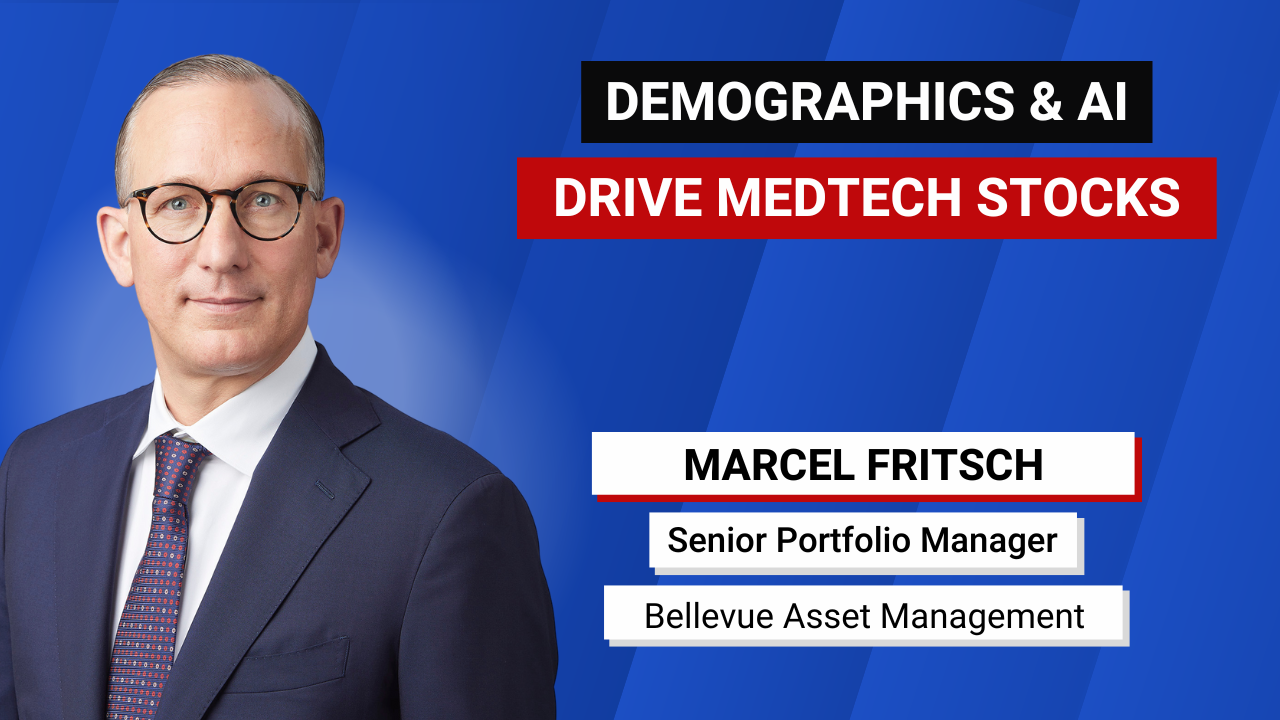Back in March, G20’s Global Infrastructure Outlook initiative estimates that the current pace of investment will leave a $15 tn funding gap in the sector by 2040. As demand for new infrastructure arises, Neuberger Berman in its report ‘Investing in Infrastructure’ assesses major investment themes and key attributes of infrastructure investments.
Infrastructure assets like bridges, roads, tunnels, power grids, hospitals, 5G networks, and trade ports present an attractive option for investors exploring ESG. Governments generally favor infrastructure investment as there is a multiplier effect on GDP but currently the government treasury is so stretched that public infrastructure investment has been neglected.
Neuberger Berman, citing Preqin data, says global private infrastructure AUM is likely to double over the next five years, hitting $1.9 tn. The asset manager attaches the following key attributes for core infrastructure assets — essential long-life assets, high barriers of entry, inflation protection, and stable cash generation.
The asset manager sees four attractive investment themes that investors can consider exploring. Digitization has become a key investment theme due to increasing usage and demand for sophisticated telecom and 5G infrastructure. Remote work has pushed internet usage higher and accelerated existing trends. Decarbonization efforts and focus on sustainability have brought Energy Transition into focus for investors. Coal-fired power plants are being replaced with natural gas and renewables. The International Energy Agency (IEA) estimates renewables will form 67% of the energy mix by 2050.
Urbanization is the third key theme that Neuberger Berman says will attract investment. As example, the asset manager names the trend in the US of employees shifting to suburbs and smaller towns away from cities. Lastly, e-commerce, rising trade, and shipping will bring the Supply Chain and Logistics sector into focus. Covid-19 revealed the weaknesses in the global supply chain and shipping costs have soared.
Neuberger Berman says that while governments can cover some of the financing needed for new infrastructure, they cannot afford it all, making private investments a priority.
Download the whitepaper here.
Read more

Global Trade
Trump ignites global trade war / Reactions
The USA itself will be the victim of Trump’s trade policy.

Private Debt
The case for private debt in real asset financing
What makes the combination of private debt and real assets particularly compelling in today’s market?

Schroders
Looking ahead: 30-year return forecasts
Higher returns are expected across asset classes, driven by stronger productivity growth for equities and elevated long-term central bank rate projections for bonds.

Quant Investing
AI and quantitative investing
Artificial intelligence applications go way beyond stock selection.

Bellevue Asset Management
Demographics and AI drive MedTech stocks
MedTech investment case: What makes it attractive, which trends stand out?





















